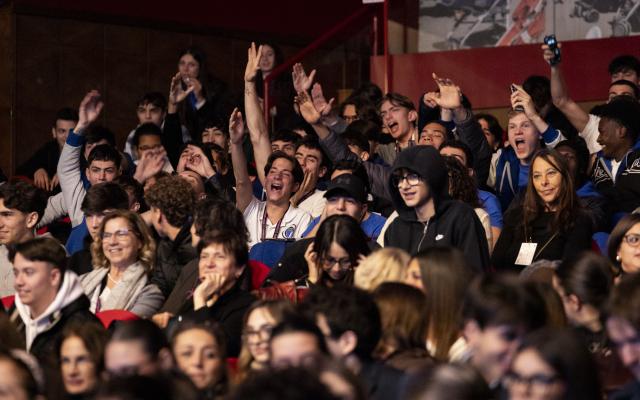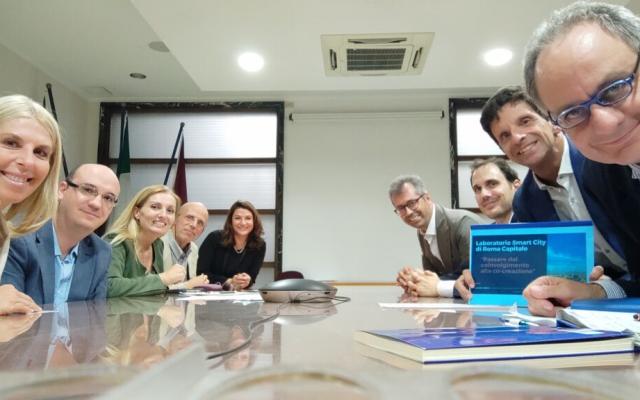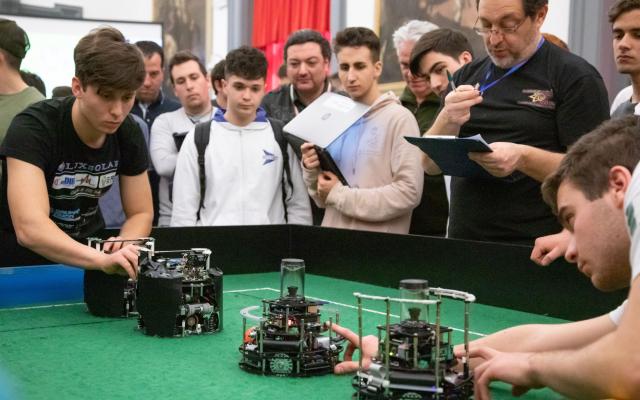The contribution of the Department of Industrial, Electronic and Mechanical Engineering
The Department of Industrial, Electronic and Mechanical Engineering at the University of Roma Tre will participate in the upcoming RomeCup (May 3-5) presenting a series of activities, as explained on the university website. These include micro-electromechanical systems, submarine robots and wearable technology applications.
Design, development, and functional characterization of MEMS actuators, with particular reference to micro- and nano-grippers for the micromanipulation of cells and tissues.
Taking a cue from the concept of selective compliance, it has been possible to synthesize flat “compliant” structures capable of varying their configuration in a manner very similar to that widely studied for traditional flat mechanisms. In this way, it was possible to adopt kinematic synthesis techniques and identify compliant structures with the three basic functions of function generator, rigid body guide and trajectory generator. This design method also applies to micro- and nano-systems obtained through MEMS and NEMS manufacturing processes. In particular, novel micro- and nano-grippers for tissue and cell manipulation were developed. Furthermore, an observation probe station is also active at the DIIEM, to test the operational capabilities of the new micro-grippers. The microgripper was able, for example, to manipulate an agarose molecule floating inside a drop of water.
Design, development and characterization of marine robots, capable of performing complex underwater navigation, transport and manipulation actions.
Thanks to the development of robotics, measurement methods, and real time microcontrollers, ROVs (Remotely Operated Vehicles) have now reached a degree of maturity. The next step in the research therefore consists in developing robots capable of propelling themselves autonomously (and, therefore, without an umbilical cord connecting them to a ground station or support ship) into the depths of the sea, where, moreover, it is radiofrequency-based communication systems cannot be used. In this context, a research group operating in the DIEM is working on the development of advanced tools and methods that can support AUVs (Autonomous Underwater Vehicle) in their missions, seeking above all to improve the sensory interpretation coming from the inertial navigation systems, with new instrumentation and new sensor fusion algorithms.
Multi-sensor platform for biomechanical risk assessment in collaborative systems and wearable technology.
The collaboration between men and robots in the execution of work activities has led to a different approach to the organization of production processes, combining the potential offered by robotic systems, such as strength and precision in the execution of a task, with those typical of a system related to physical dexterity, adaptability and unexpected contexts. However, the intervention of collaborative robots, or Cobots, has drastically changed the working context as current activity evaluation methods may not be adequate for assessing biomechanical risk.
Therefore, a wearable multi-sensor platform (EMG, inertial and grip sensors) has been designed, which can be used in different working scenarios and in different conditions of operator-cobot interaction, which allows the assessment of biomechanical risk through quantitative indicators.



